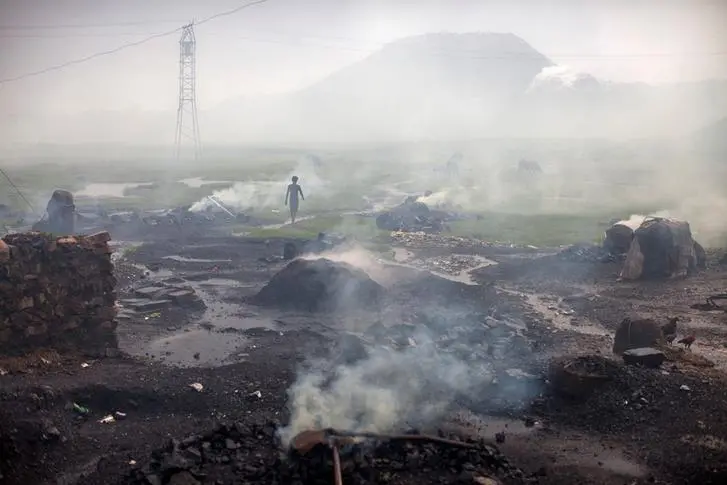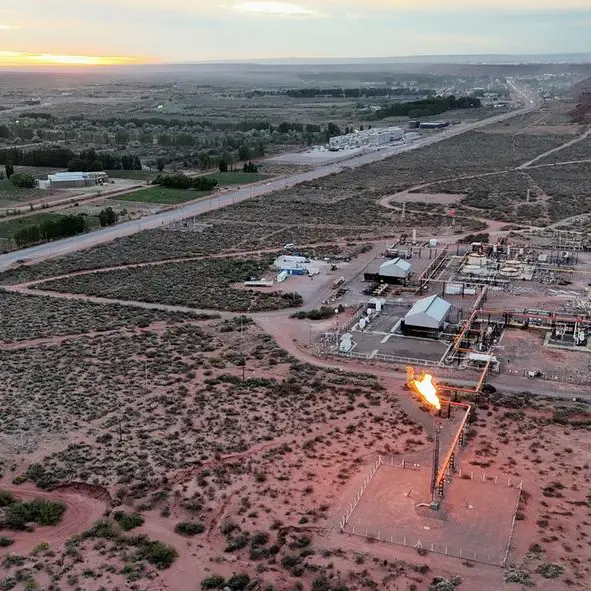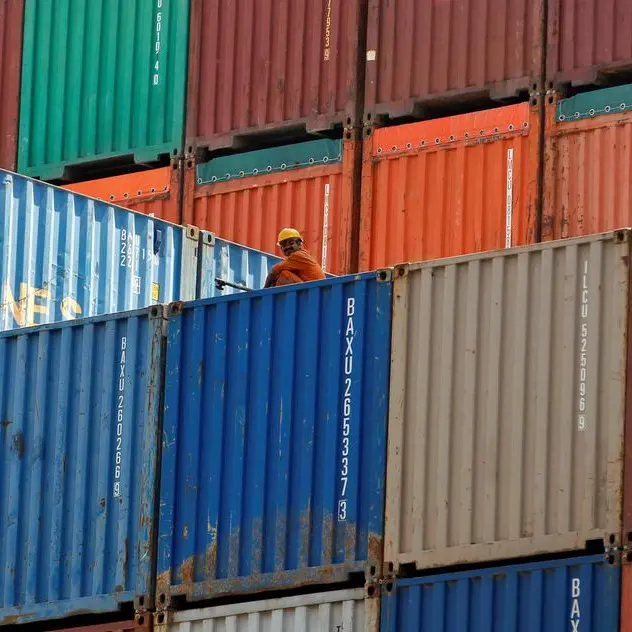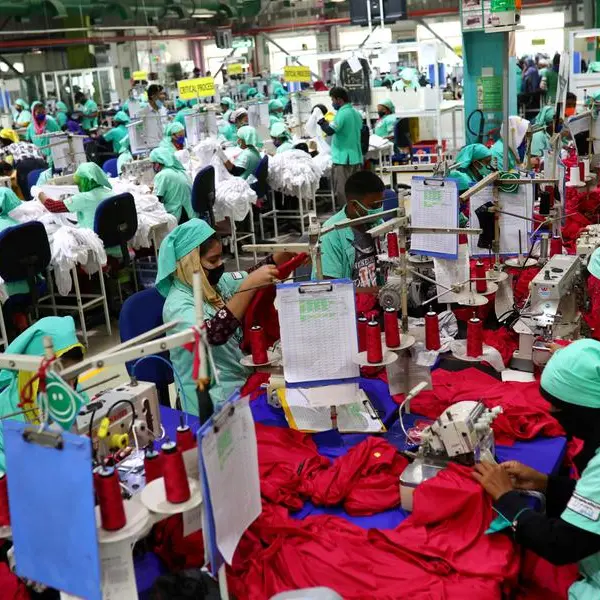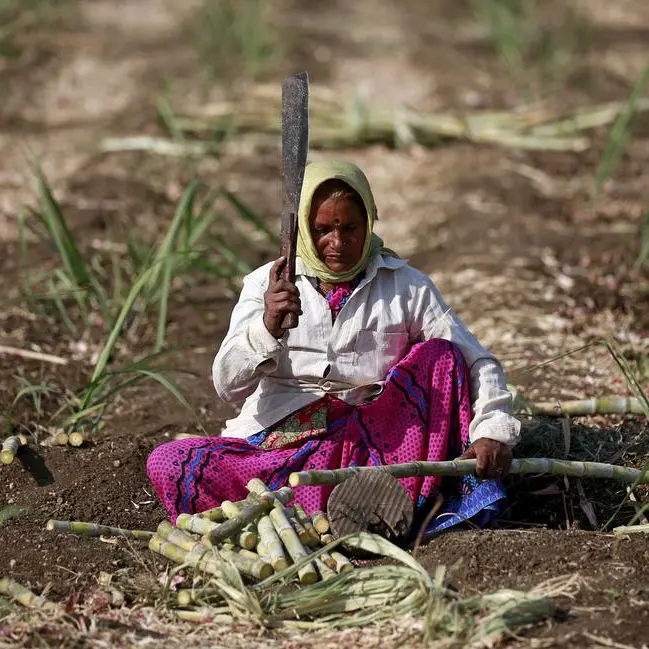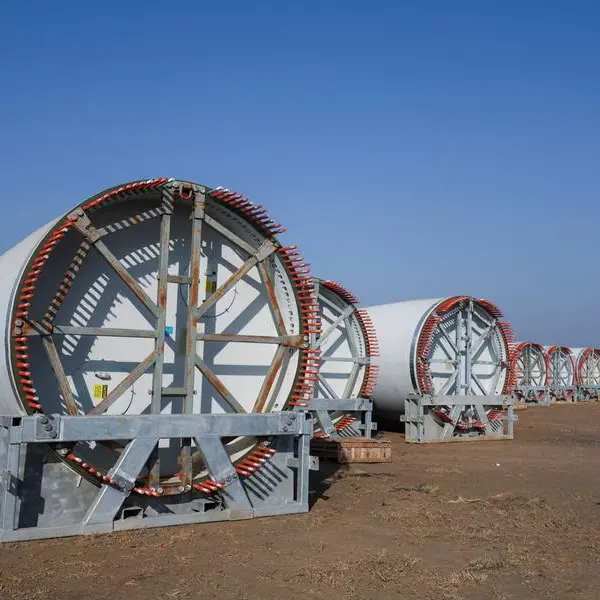PHOTO
India's coal sector is united about one thing. It doesn't matter if you are a miner, trader, utility or steelmaker, you are bullish, extremely bullish.
The overarching theme at this week annual Coaltrans India conference in the western state of Goa is that coal production, imports and demand are all going to rise in coming years, and by substantial volumes.
India may have committed to eventually starting to phase down consumption of the polluting fuel on its road to net-zero emissions by a targeted 2070, but for the coming decade the coal industry sees a ramp up.
Even the most cautious of forecasts at the conference saw demand for all grades of coal reaching 1.5 billion metric tons by 2030, with some reaching as high as 1.9 billion.
To put that in context, India's coal demand was 1.23 billion tons, composed of domestic production of 964 million tons and imports of around 266 million.
Put another way, even the more pessimistic of forecasts expects an increase of nearly 300 million tons of coal demand in India in the next six years, an increase of 25%.
To put the scale of the increase in context, 300 million tons is more than the total annual demand of Germany, the fourth-biggest coal-consuming nation after China, India and the United States.
The optimism over coal's future in India's energy mix is largely built on a shift in the thinking of the government of Prime Minister Narendra Modi to prioritise energy security and domestic resources over reducing carbon emissions to mitigate climate change.
The thinking is that India has massive reserves of coal, which it can mine relatively cheaply, and if it continues to invest in infrastructure, it can move the coal from where it is produced to where it will be burnt in power plants and factories.
The more the world's most-populous nation can use domestic energy, the less it has to pay for expensive imports in the form of crude oil and liquefied natural gas.
Although crude oil and its refined products don't compete with coal in power generation, they may increasingly in the future as the shift to electric vehicles gathers pace.
India's industrial users of coal, such as cement and ceramics, are also being encouraged to look at using gas produced from coal to power their plants, rather than imported coking coal, met coke and LNG.
NOT ENOUGH RENEWABLES
Another factor worth noting about the bullish view of India's coal sector is that they believe in the strong growth scenario even though the South Asian nation is ramping up the deployment of renewable energies such as wind, solar, battery storage and pumped hydropower.
India is likely to exceed its target for 500 gigawatts (GW)of renewable energy capacity by 2030, but the demand for electricity is likely to outpace the capacity additions.
This means India will continue to increase its fossil fuel generation, and lion's share of this will be coal, with 85 GW of new plants already under construction and likely to come online by 2030, which would boost coal-fired capacity by just over one-third from the current 237 GW.
Steelmakers are also poised to increase demand for coal, the key raw material used to turn iron ore into crude steel.
India produced about 140 million tons of steel in 2023, and the government is targeting that to rise to 300 million by 2030.
That figure is likely optimistic, but it's possible that the country can produce more than 200 million tons in that time frame, according to several steel makers present at the Coaltrans event.
India's steel and sponge iron sectors imported about 93 million tons of coal in 2023, and consultants iEnergy Natural Resources estimate this will rise to 135 million by 2030.
If there was any disagreement on the outlook for India's coal sector at the conference, it was the likely future mix of domestic production and imports.
India doesn't produce significant volumes of coking coal, so any increase in steel production is likely to rise in higher imports of coking coal and met coke, a beneficiated product made mainly from coking coal, but can contain some lesser quality grades.
The main debate is whether a combination of state-controlled behemoth Coal India and newly-operating private coal mines will be able to raise output enough to displace imported thermal coal for the power sector.
India is investing heavily in improving the rail system to transport coal, but it's still likely that coastal power plants in the south and west of the sub-continent will rely on imported fuel for years to come.
The opinions expressed here are those of the author, a columnist for Reuters. (Editing by Kim Coghill)
